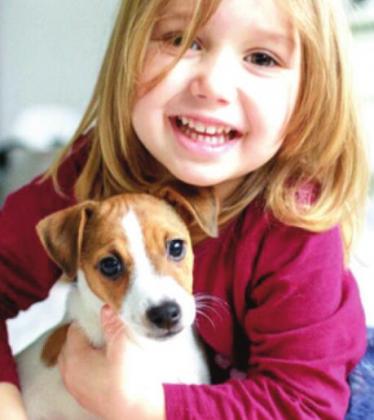Many parents view certain interactions between their children and dogs as cute and assume that because the dog is tolerating the behavior now, they always will. Ten, suddenly the unexpected happens a bite occurs.
Parents will say, “It came out of nowhere,” or “How could my dog that? He’s always been so loveable.” When, in fact there have probably been warning signals the entire time that we humans don’t notice.
Interactions like a child sitting on the dog, grabbing the dog’s ears and tail, poking and sticking their face in the dog’s can make the dog feel uncomfortable and cause a defensive reaction.
It is important that parents monitor their children for bad behavior with a dog or even abuse – pets are not toys.
A few tips to avoid problems:
-Some animals do not like to be hugged or crowded. Give them space – and especially their own space where they are not bothered. And do not disturb animals when they are eating or sleeping.
-Don’t force them to share. Never pull a toy or bone out of their mouth. Some pets get bothered when their things are taken away from them.
-Be considerate. Pets can scared or anxious. If they don’t want to play, give them time to get used to you or wait a while to pursue the activity. They may be tired or hungry or simply want to be left alone.
-Play nice. Always be calm and gentle with a pet, especially when meeting new animals. Never hit, poke or squeeze animals. It could cause behavioral issues.
-Don’t be loud. Animals have very sensitive ears, and loud noises like screaming can frighten or even hurt their ears. -Show respect. Pets have
-Show respect. Pets have feeling just like humans do. Treat them the way you want people to treat you.
Most pets accept children when it’s handled correctly and if you are prepared to work with your pet – and your children. Make the pet a valued member of the household and give them the space they need and the proper attention.


